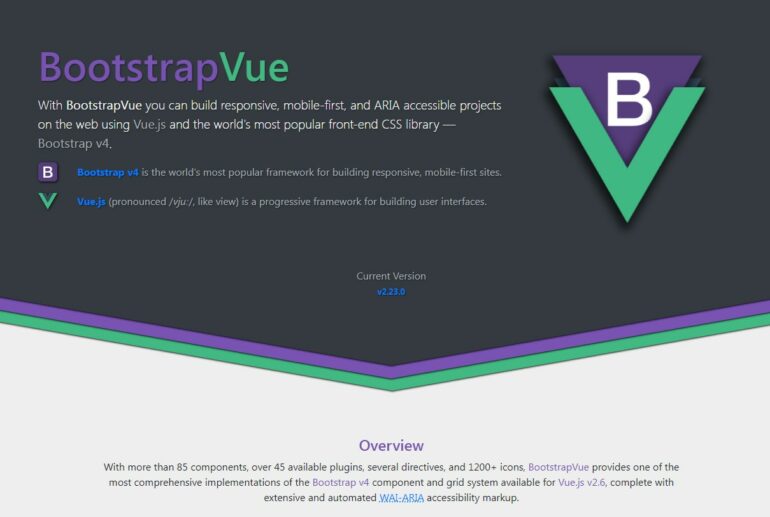In the dynamic landscape of web development, utilizing the right set of tools and frameworks is a game-changer. Bootstrap, a renowned CSS framework, and Vue.js, a flexible JavaScript framework, are two such powerful resources. Together, they provide a platform for creating beautiful, interactive web applications.
This detailed guide will take you through the intricacies of these technologies and their optimal usage.
Unlocking the Magic: Bootstrap and Vue.js Demystified
Bootstrap is an open-source CSS toolkit designed to empower web developers with a myriad of pre-defined UI components. This allows for the seamless construction of responsive websites. Conversely, Vue.js is a featherweight yet potent JavaScript framework, perfect for crafting dynamic UIs and single-page applications.
Bootstrap’s core offering:
- Pre-designed UI components;
- Simplified creation of responsive websites.
Vue.js’s key benefits:
- Lightweight and efficient;
- Ideal for dynamic UIs and single-page applications.
Their fusion, colloquially known as Bootstrap-Vue, allows developers to construct responsive and highly dynamic UI components. Bootstrap’s ready-to-use components coupled with Vue’s interactive capabilities provide a solid foundation for a visually engaging web application.
Getting Started: Setting Up the Development Environment
To harness the potential of these technologies, one must first set up the environment appropriately. This involves installing Node.js and npm (Node Package Manager), followed by creating a Vue.js project using the Vue CLI (Command Line Interface). Once done, the Bootstrap package is installed using npm and subsequently integrated into the Vue.js project.
Steps for environment setup:
- Install Node.js and npm;
- Create a Vue.js project with Vue CLI;
- Install and integrate the Bootstrap package into the Vue.js project.
Putting it to Work: Integrating Bootstrap with Vue.js
With the environment now primed, Bootstrap and Vue.js can be harmoniously combined in the project. Developers can directly utilize Bootstrap CSS classes in Vue.js components, create Vue.js components based on Bootstrap elements, or customize Bootstrap components to meet unique project requirements.
Imagine developing a web application displaying product details with an integrated shopping cart feature. The application layout is designed using Bootstrap components. Navigation is implemented, responsive grids and cards are created using Vue.js and Bootstrap.
Forms with validation for users to add products to the store are also added. The result is a fully functional web application, blending aesthetics with functionality.
Key Takeaways
| Concept | Details |
|---|---|
| Bootstrap and Vue.js | Two potent tools that when integrated, allow the creation of responsive, dynamic web applications. |
| Setting up the environment | Involves installing Node.js and npm, creating a Vue.js project with Vue CLI, and integrating Bootstrap using npm. |
| Utilizing Bootstrap with Vue.js | Bootstrap’s CSS classes can be used directly in Vue.js components, or Bootstrap elements can be used to create new Vue.js components. |
| The power of integration | Through the effective integration of Bootstrap and Vue.js, web development is made easier, customizable, and more interactive. |
A Leap Forward: Revolutionizing Web Development with Bootstrap and Vue.js
By combining Bootstrap and Vue.js effectively, you can construct visually compelling, responsive, and dynamic web applications. This pair not only simplifies the web development process but also offers extensive customization options, enabling the tailoring of each component to specific project needs.
This integration of technologies is a breakthrough in the future of web development, offering developers the right arsenal for creating captivating, interactive websites.
